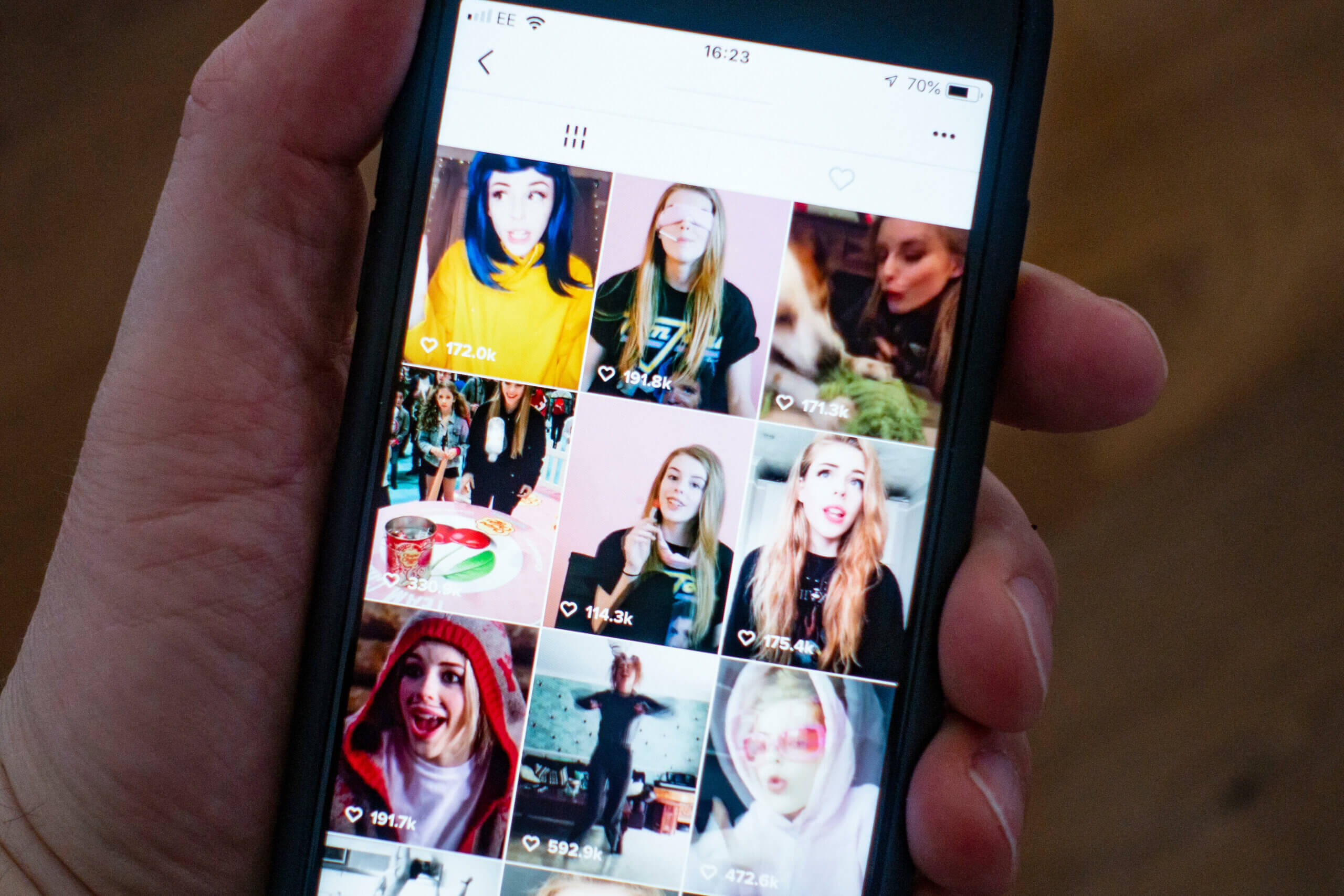An investigation into how the TikTok trend of “becoming that girl” could be promoting unrealistic standards
Hot girl walks, waking up at 5 am and working out every day is just a few things that are part of becoming “that girl”. This viral trend has taken over TikTok and videos with #ThatGirl have racked up over two billion views on TikTok alone, the idea behind this trend is to encourage women to become the most optimised version of themselves. However, as much as the videos have been motivational for their viewers they can also be damaging and set unrealistic expectations for others.
Influencers all over TikTok and Instagram started posting their routines, skincare, morning, evening routines and workouts when this trend came about. When people create these videos they use snippets of their daily life within it and usually approach them aesthetically by making them pleasing to watch and these videos make their life look almost ‘perfect’’.
Cloe Cunnigham is an influencer who presents her own podcast called thriving and crying. This podcast focuses on trends, wellness and lifestyle and she even talks about the “that girl” trend within a few of her episodes. She also has an Instagram page that promotes the podcast while also posting aesthetic posts related to self-care and lifestyle. At first, she was influenced by this trend to become that girl but as she has grown up she felt like she should just be herself and post the content that she wants because she knows within herself she can’t live a life like the influencers have.

A recreation of an ‘aesthetic’ image relating to that girl’s lifestyle
“ My life doesn’t necessarily look perfect if I do film my routines typically it’s an unmade room. My podcast itself talks a little bit about how it’s doesn’t have to look good it is more about how you feel and doing something for yourself”. Cloe said, she focuses on what is best for her and tries to make sure she promotes the same for her viewers. She follows a more realistic approach than other influencers may by showing that she is not “that girl” every day and that she also has her lazy days and struggles. She makes sure she shows reality to her audience.
At first, she struggled and did feel influenced by the trend but then she focused on herself rather than what other people were doing and started doing routines that were suited to her. She advises anyone who wants to become that girl and follow the trend to “not push yourself too hard because you have to set realistic standards for yourself and don’t give up on something that you’ve been trying for a long period of time even if you are not doing so great as it is going to take time”.
Stephanie Baker is a senior lecturer at the University of London and her research explores how we connect and communicate online, particularly around issues pertaining to health and wellness. She sees the trend as “part of a broader interest in self-improvement, which spans into, beauty, fitness, wellness and happiness industries”.

“That girl seeks to be aspirational and there will be those who experience the trend as normative and feel pressure to emulate the lives they see online. However, there will be many for whom these trends appear unrealistic and as a consequence seek to resist these expectations” Stephanie says. When viewers scroll the TikTok and see these influencers between 20-30 years old living this ‘perfect’ life as we see it, it may put pressure on those the same age or younger to live the same almost like it is an expectation.
The content relating to this trend is to be seen as motivational for those who want to become the best versions of themselves and make lifestyle changes that will benefit them going from starting to work out or starting to eat healthily. On the other hand, the TikTok, reels and even pictures we see make it seem like the influencers do this every day with no struggle and have this perfect life 24/7, we never get to see the behind the scenes which people then take these standards as unrealistic.

Using their mobile phone to access TikTok videos
“I would recommend that people see this content as performative-performing one’s ‘best self’- and consider how they feel after viewing such content. If watching ‘that girl’ makes one feel negative refrain from consuming it” Stephanie advises. She recommends that if people struggle to watch this content because it is promoting unrealistic expectations then they should refrain from consuming types of content relating to it.
The “becoming that girl” trend does have a positive message and is sending a motivational message for women to become the best versions of themselves. However, each viewer has their own perspective on the trend and despite the unrealistic standards, it could be promoting some people still choose to follow the trend the way influencers do. To a certain extent, it does promote unrealistic standards as in social media it is easy to hide behind it and make up a life and live another.
“I try not to let myself be influenced too much by videos, routines and stuff like that and if that’s how they’re living great for them, that’s how celebrities look and that’s what they do then good for them and I may not be able to live that way and that’s just what I tell myself,” Cloe said this and accepted a long time ago that her version of perfect is different than those around her.
Do you feel like this trend is promoting unrealistic standards? Let us know on Twitter and Instagram
